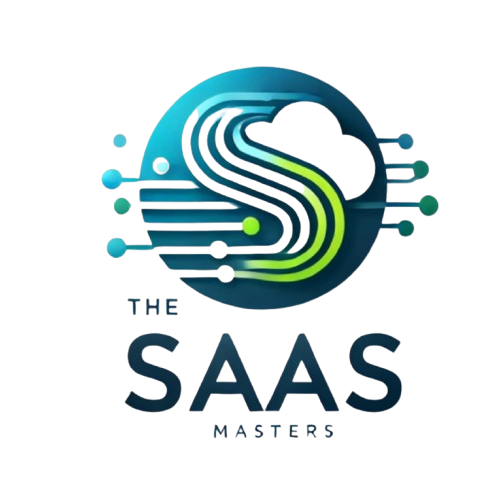What are you Looking for?
Select Sidearea
Populate the sidearea with useful widgets. It’s simple to add images, categories, latest post, social media icon links, tag clouds, and more.
Contact info
-
P: Phone:
-
E: Email:
-
A: Address:
The SaaS MVP Development Process: What Founders Need to Know Before They Build
- Home
- Blog
- MVP Strategy
- The SaaS MVP Development Process: What Founders Need to Know Before They Build
The SaaS MVP Development Process: What Founders Need to Know Before They Build
Every founder thinks they’re building the next big thing. But most MVPs fail — not because the idea was bad, but because the SaaS MVP development process was bloated, backwards, or just totally misaligned with reality.
We’ve built over a dozen SaaS MVPs — some that flopped, some that scaled to thousands of users and $1M+ in ARR. The difference? The founders who understood the real process behind getting a working product in users’ hands — fast.
Here’s what that process actually looks like.
Skip the Features — Start With the Pain
Your MVP isn’t supposed to “look like the final version.” It’s supposed to prove something.
Start by answering:
- What exact pain are we solving?
- Who feels it most urgently?
- What’s the smallest thing we can build to prove we can solve it?
Founders who start with a UI mockup or a giant feature list are usually building for themselves — not the market.
Write a One-Page Spec — Not a 40-Page Figma
Before we write a single line of code, we make the founder write this one-pager:
- Target user: Who is this for, really?
- Problem: Why is this painful right now?
- Core flow: What’s the exact set of steps users will take?
- 1 success metric: What number will prove this MVP is working?
If you can’t explain your product in 1 page, you’re not ready to build it.
Choose a Stack That Fits the Timeline — Not the Trend
Your MVP isn’t a playground for exploring hot frameworks. It’s a business test.
For most SaaS MVPs, we recommend:
- React.js + Node.js or Next.js for fast frontend + backend dev
- PostgreSQL for a stable, relational DB
- Firebase or Supabase if you’re on a tighter budget or need fast auth
- Stripe for billing (don’t overthink it)
Bonus: This stack scales well later, so you don’t have to throw it away post-MVP.
Validate While You Build — Not After
Too many founders build in a vacuum and “launch” into silence.
Do this instead:
- Start collecting emails with a landing page on Day 1
- Share builds with early testers every 1–2 weeks
- Run Loom demos with real users before the product is done
MVP success = fast feedback loops. No feedback = no product-market fit.
Ship a Real Version in Under 6 Weeks
If it takes 4 months to launch your MVP, you didn’t build an MVP — you built a liability.
At The SaaS Masters, our typical MVP dev cycle is:
- Week 1–2: Product spec, tech setup, UX wireframes
- Week 3–4: Build core flows, auth, dashboard, Stripe
- Week 5–6: Polish, test, deploy, collect feedback
Every day after that is iteration based on real user behavior — not guessing.
Final Thought
The SaaS MVP development process isn’t about building cheap software. It’s about building a focused, lean test of your business.
If you want a dev team that understands what it means to move fast and smart, that’s what we do. We don’t just build MVPs — we build momentum.

